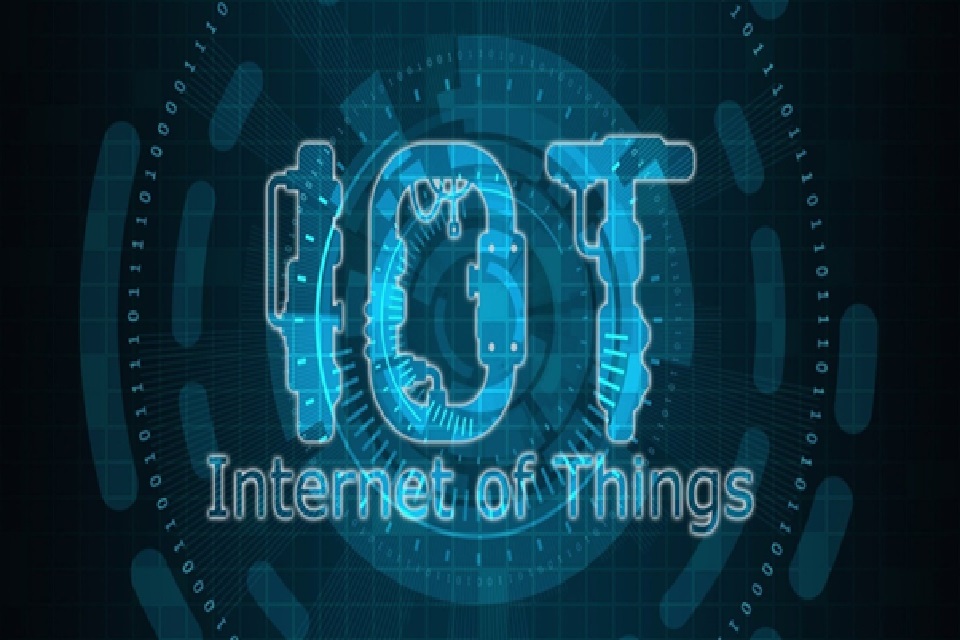


20 August 2021
Internet of Things or more commonly known as IoT is a term that everyone is familiar with. However, IoT is more than what we know. It is a robust technology that not only helps in easy connectivity and data gathering but also benefits fleet asset management in different ways.
The Internet of Things (IoT) depicts a network of physical objects that are termed as ‘things’ and embedded with sensors, software, and other technologies. With the connection of objects, the main aim is to exchange information with the help of various gadgets and systems over the internet protocol. The objects can be ordinary household devices as well as sophisticated industrial tools. The Internet of Things technology has proven beneficial for the manufacturing industry, agriculture, transportation, and many more. Because of its benefits, more and more industries are opting to incorporate IoT in their businesses.
The major benefits of the Internet of Things (IoT) are –
Connectivity: With the help of IoT, businesses can control and operate multiple items from one single device. A classic example of IoT connectivity is where you can connect the mobile phone to the TV and channels can be changed from the mobile, instead of the TV remote.
Health Monitoring: IoT is highly beneficial for health devices as it helps in real-time connectivity of the network. IoT in health devices allows monitoring of weight, body composition, etc., while offering advice that helps in attaining the desired parameters.
IoT allows businesses to attain real-time information that plays a crucial role in planning future events. Smart planning with the help of the Internet of Things (IoT) helps companies and many other sectors grow rapidly. By incorporating IoT, managers responsible for asset management services can utilise real-time information and analytics to improve their business operation, keep a track of their assets, etc., while opening up the scope for increased returns on investments.
Assets involving IoT uses sensors, which helps organisations to keep a track of their assets, get reports and analytics, and so on, making fleet asset management easier. This eliminates the need for human effort as all the information about the assets are tracked easily with the help of the sensors attached to them. The sensors attached to the assets are responsible for generating data, which is then relayed to the cloud platform. The data is relayed to the cloud every 5 to 10 minutes or as programmed by the asset manager.
Another benefit of IoT in fleet asset management services is that they help in the optimisation of an asset. The asset manager can analyse the performance of the asset to see if it is up to the mark or not. In case, the asset performance is not as expected, various preventive and predictive maintenance can be scheduled to optimise the assets.
Adding to these benefits, cost-effective asset tracking, enhanced monitoring and maintenance, and security of the assets are some of the other ways in which the Internet of Things (IoT) is helpful in asset management.
Thank you for your details. Please click here for more details.